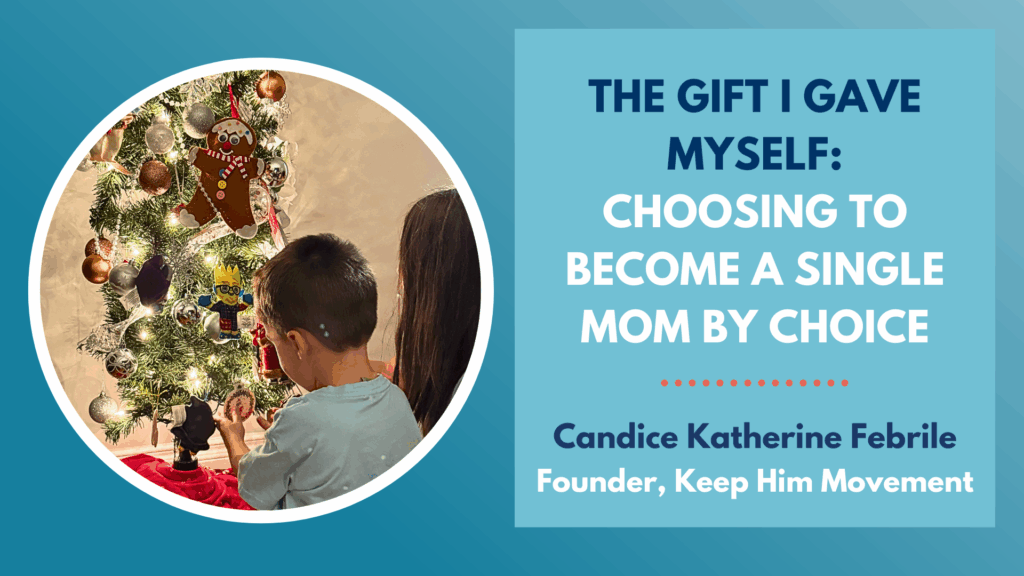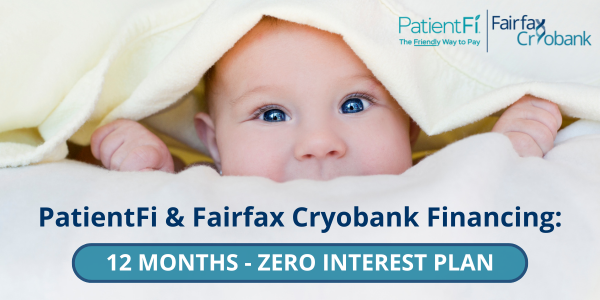Fertility Options for Women in Same Sex Relationships
Blog written by Michelle Ottey, PhD, Director of Operations, Fairfax Cryobank
When two women partner and decide to build a family, there is a lot to consider: known donor, sperm donor (anonymous or ID), foster, foster to adopt, adopt, etc. If the choice is made to proceed with a sperm donor, many couples first face the emotional and psychological issue of needing a third party in order to build a family.
Having a child is an intimate and incredible personal process, and bringing a sperm donor into that process can be a challenging part of the journey.
When ready to proceed, it is important to know that you are working with a company that is friendly, professional, and open. Sperm banks know that lesbians, single and partnered, make up a large percentage of their patient demographic. So, the majority of banks are well-informed, accepting, open, and able to serve all patients equally. Perhaps one day we will live in a society where sexuality or relationship status will not make a difference in how patients are treated, but for now we must each navigate our way through these processes ensuring equal treatment and sensitivity.
To proceed and use a sperm donor, women should consider what qualities are important: education, height, hair and eye color, ethnicity, ID option, etc. Finding the perfect sperm donor match varies for each individual or couple; some find that perfect sperm donor on their first visit to a Sperm Donor Search. For others, it takes weeks to go through the details.
For lesbians, like single women, the decision to disclose a child’s donor origin can be more obvious than for traditional heterosexual couples. Still, some opt not to disclose. This is an important consideration in the journey to parenthood. I have heard from many women — the decision to disclose is incredibly personal.
Overwhelmingly, the message has been that when this is a part of a child’s story from the beginning, the easier the message is received. There will always be questions, and there is no single right way to tell this story. Thankfully, over time more resources emerge that assist families in telling their story.
Though it often takes more effort, time and money to have children in this way, the end result is most often a beautiful and happy family.







